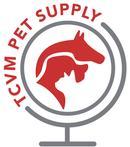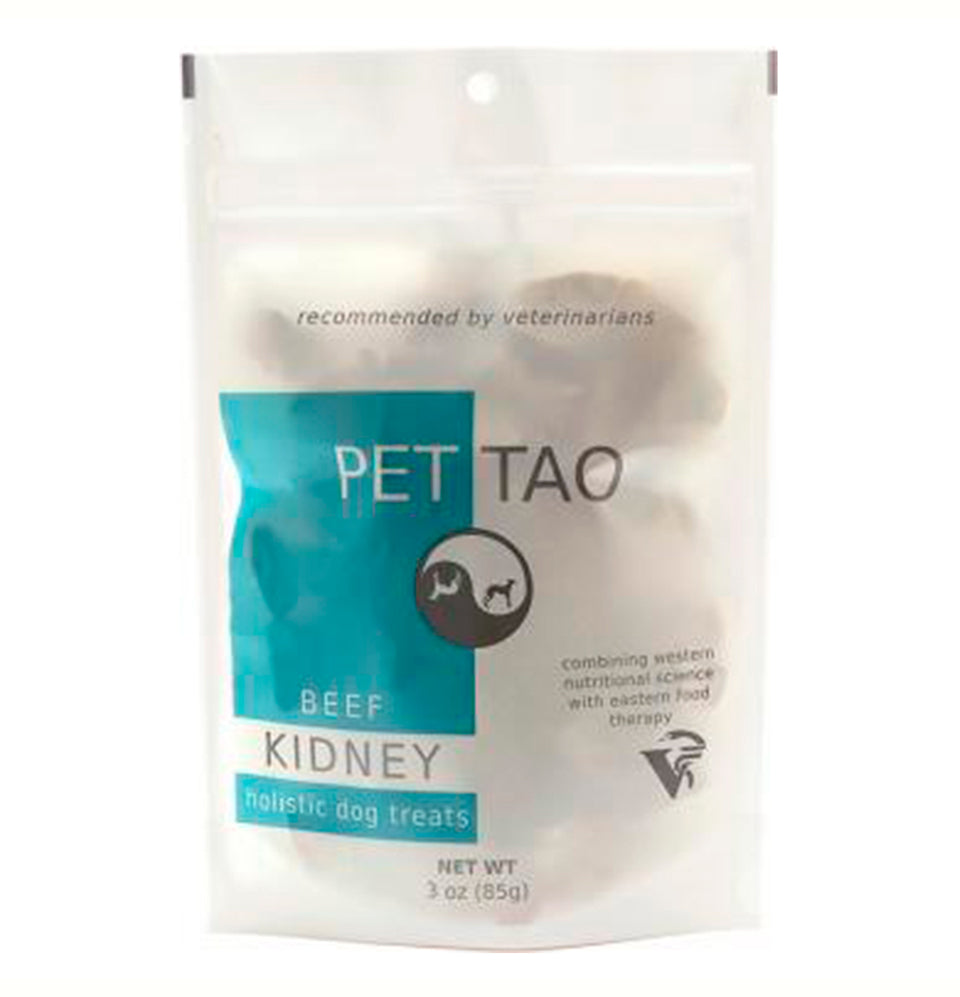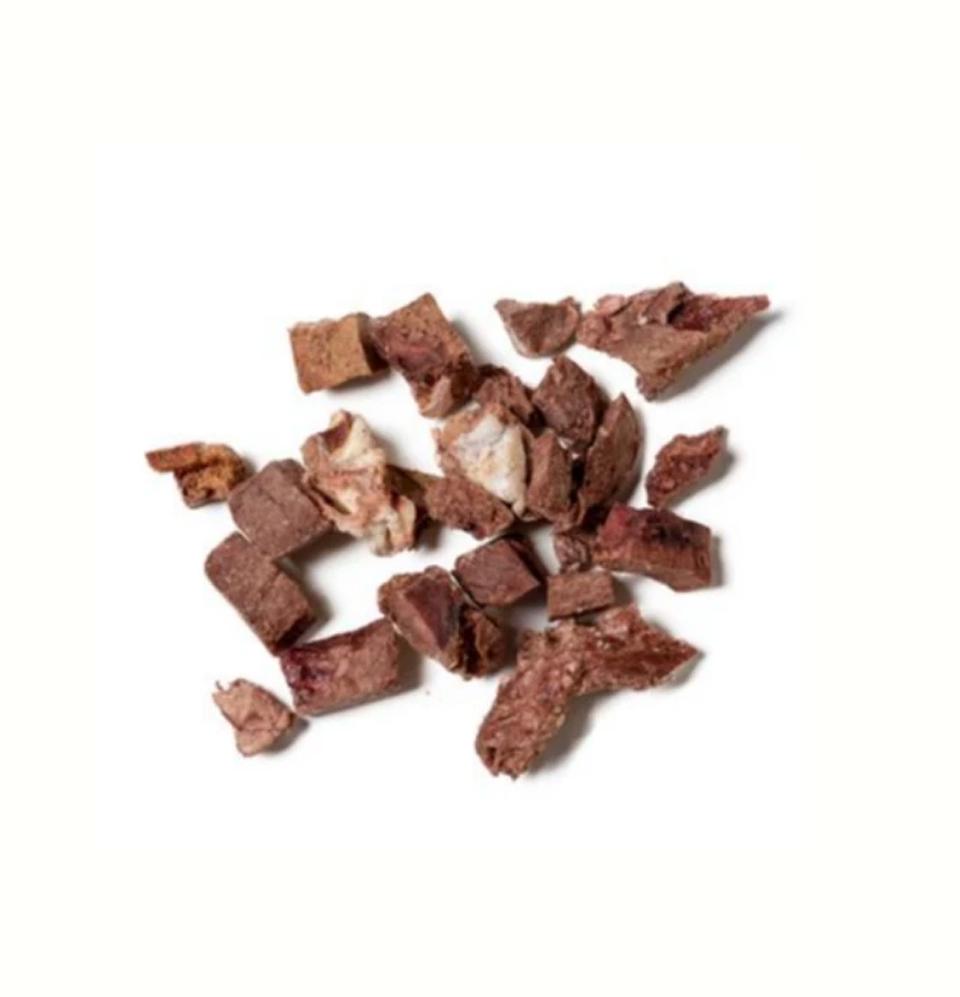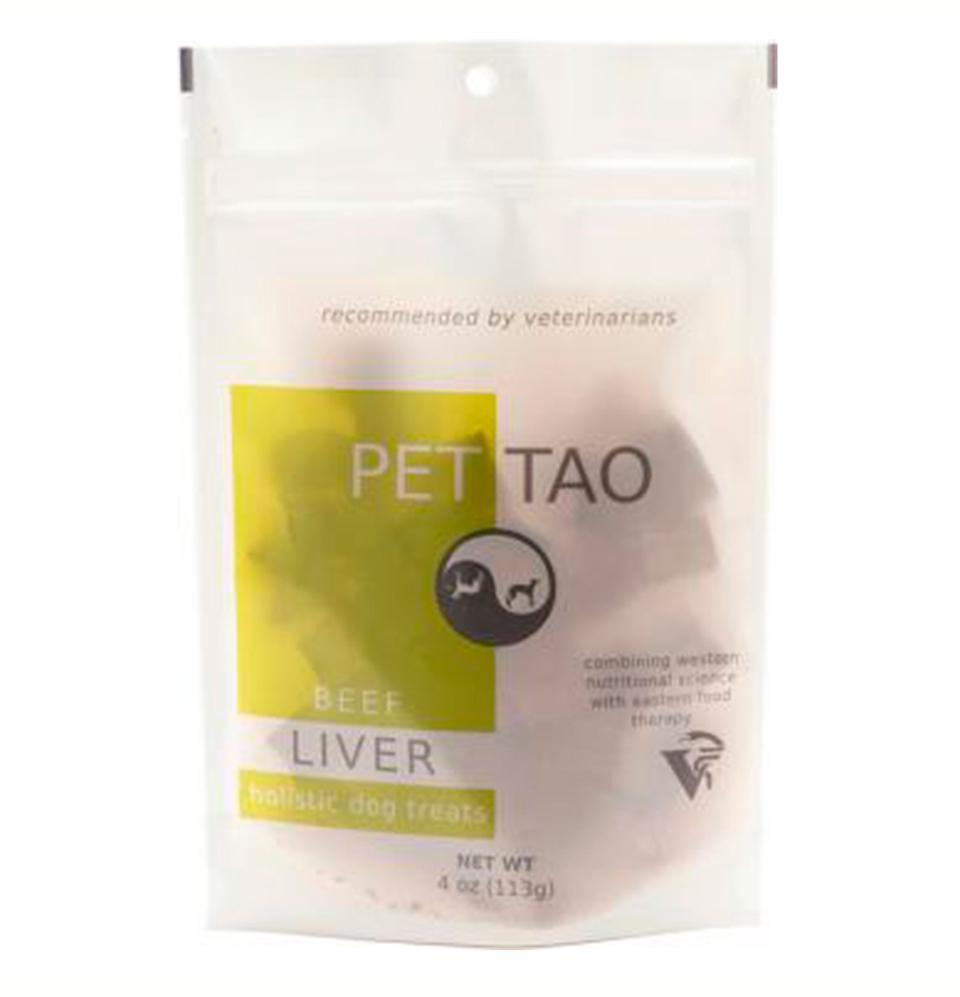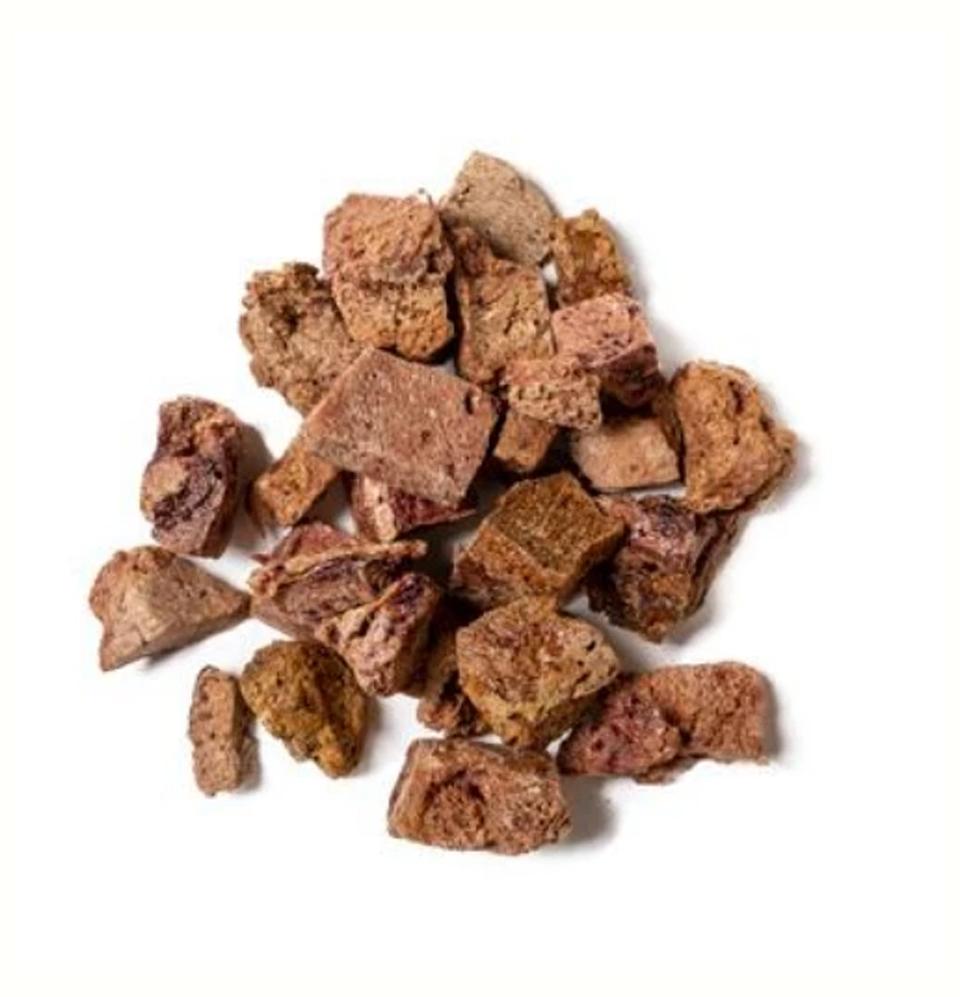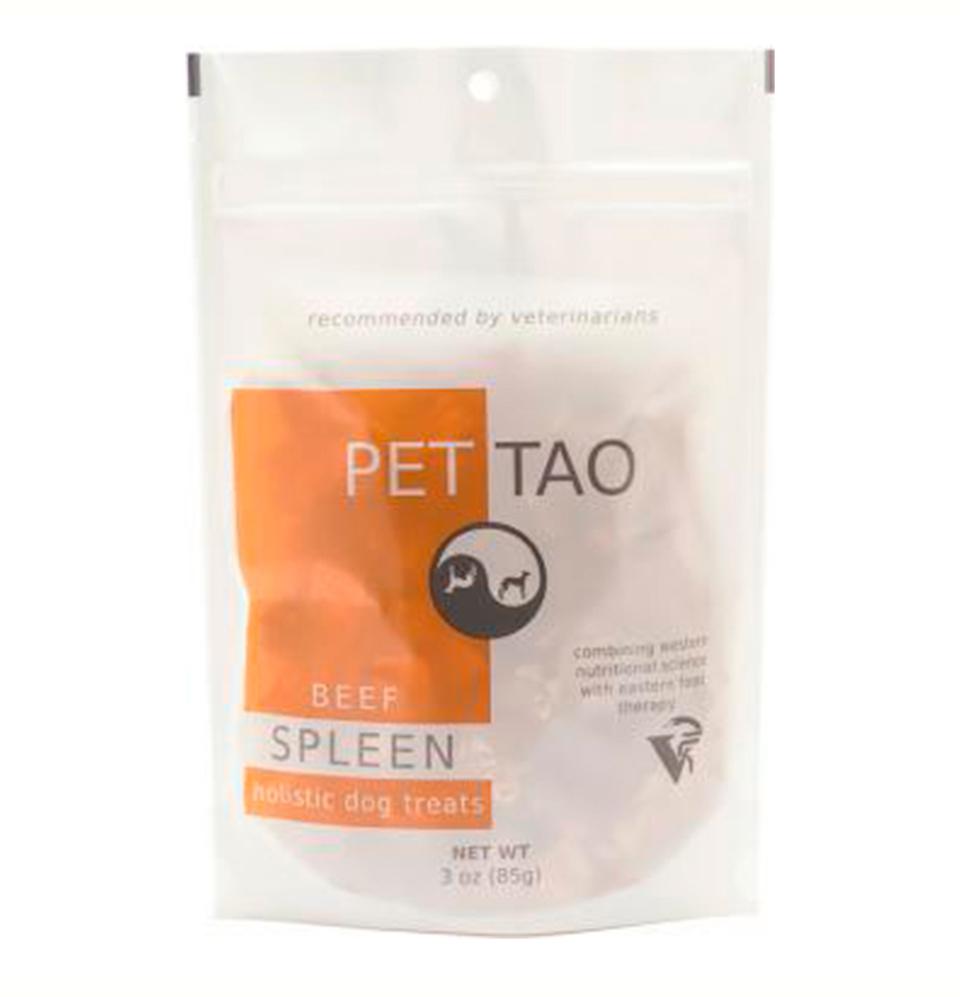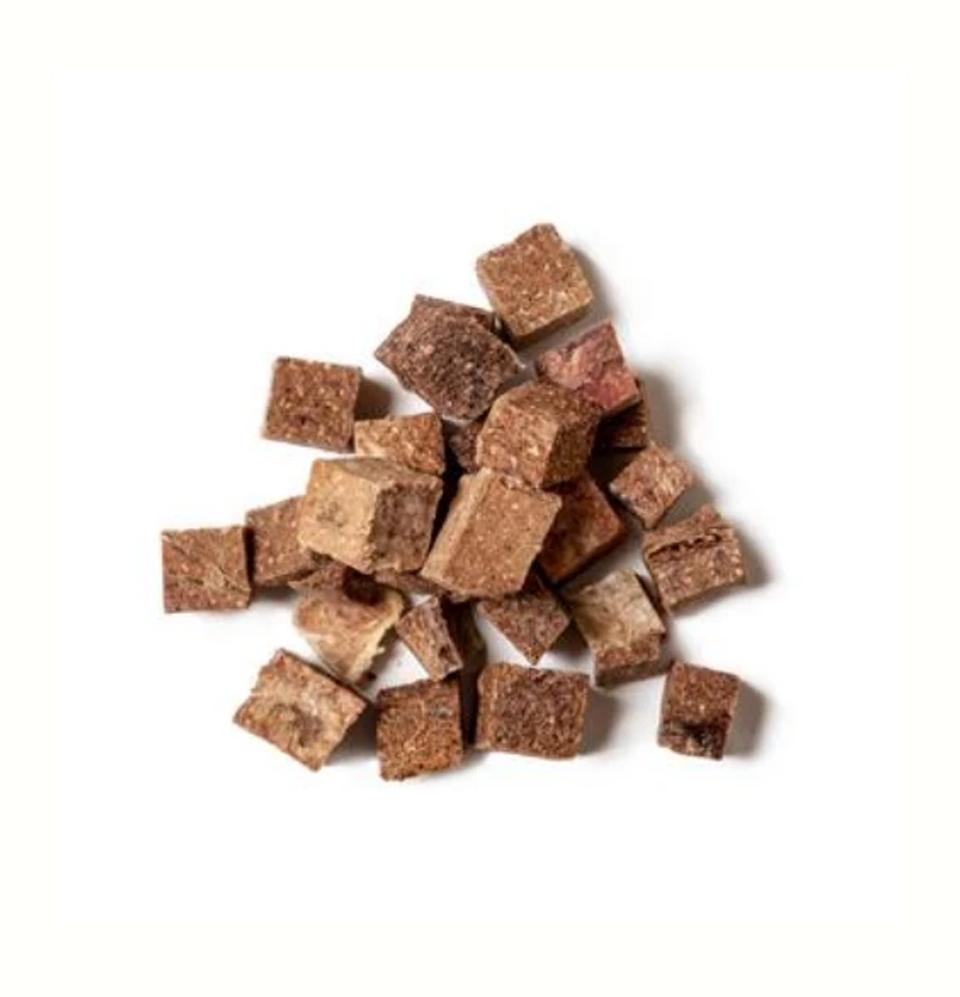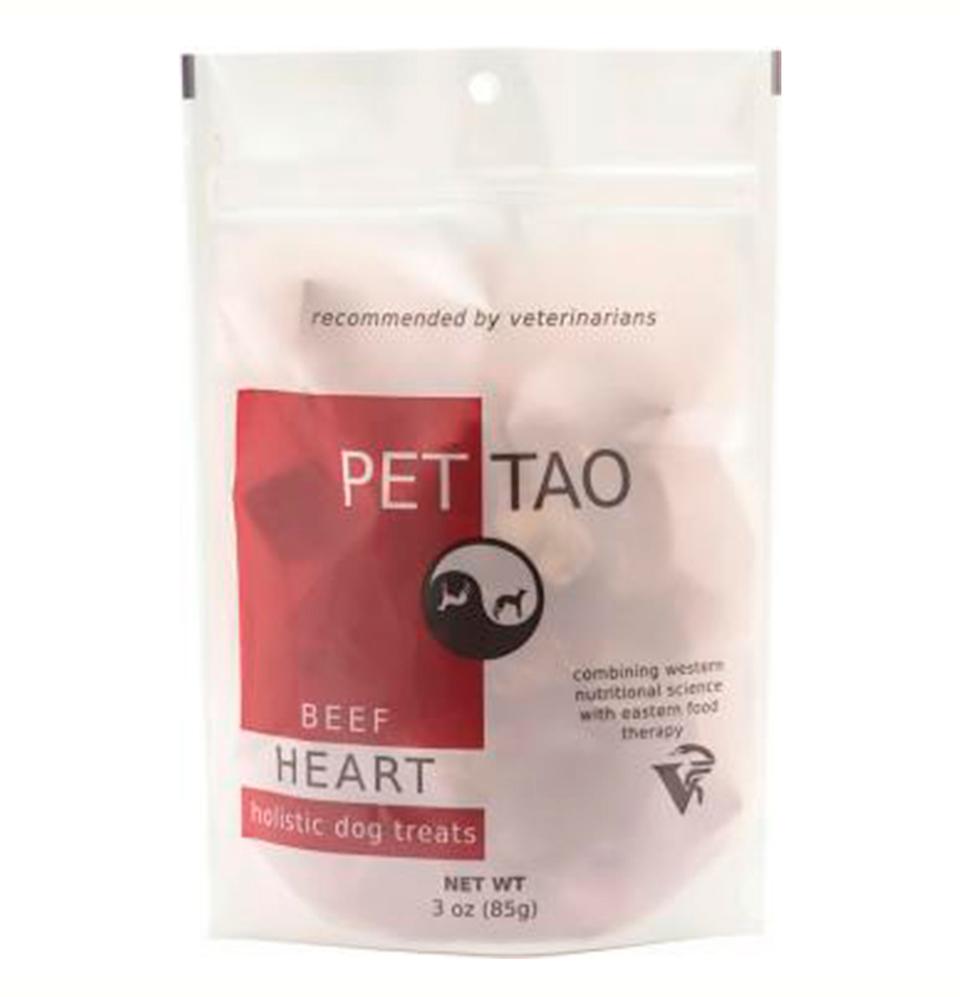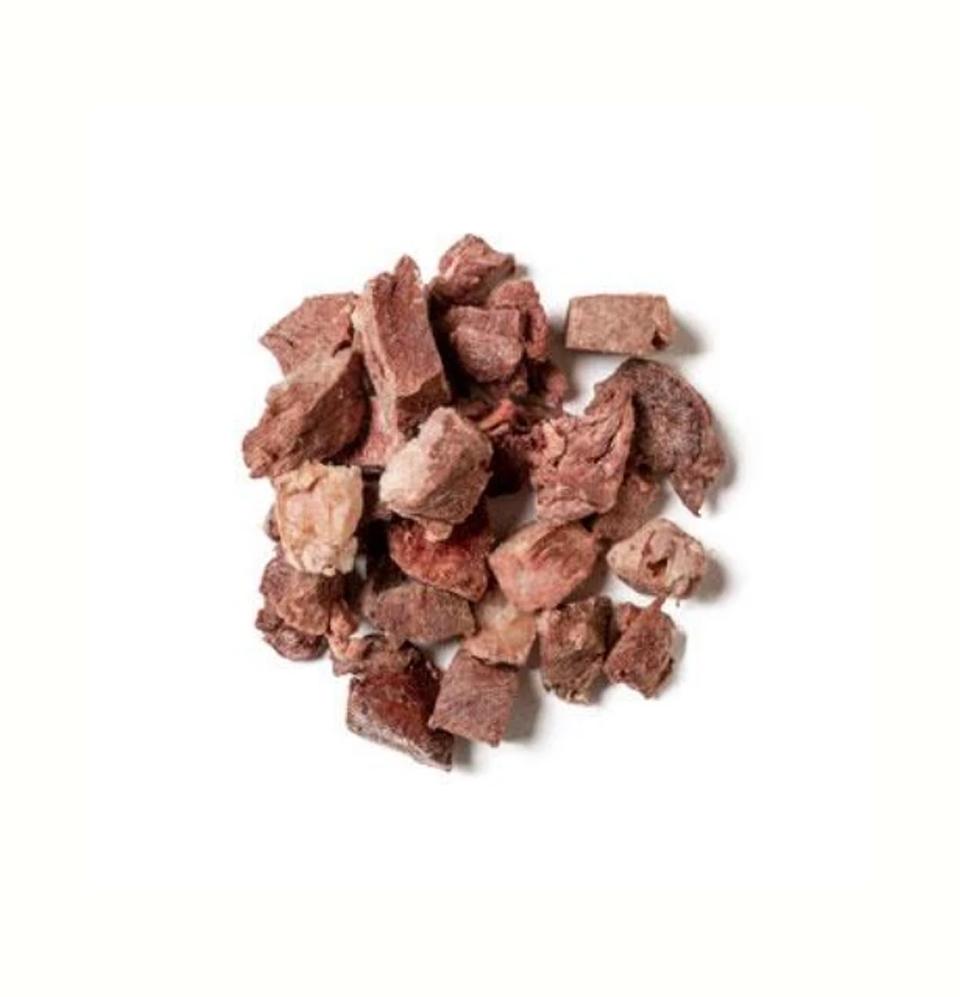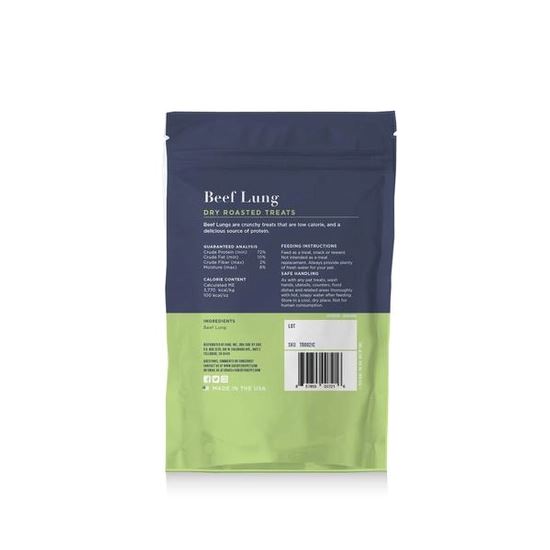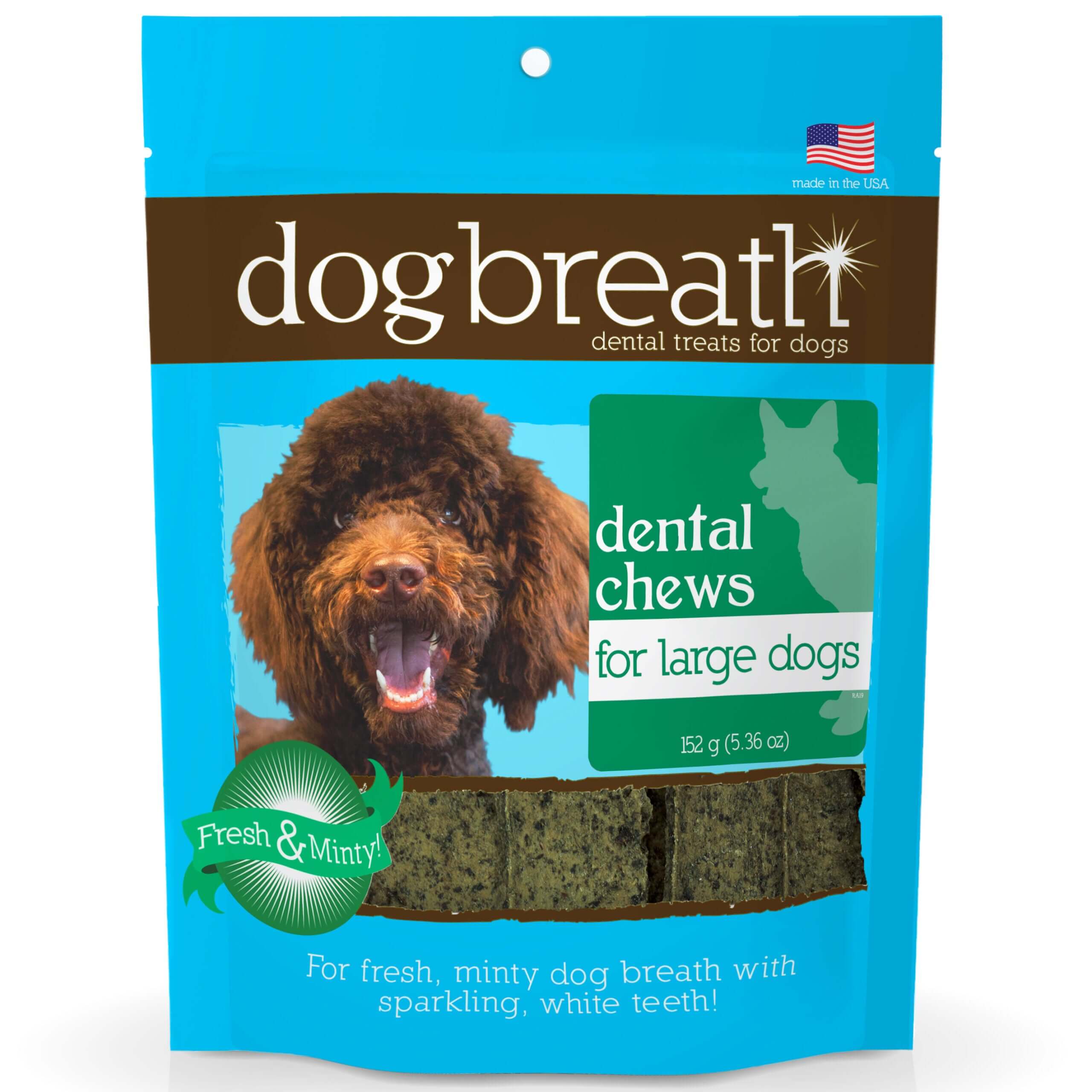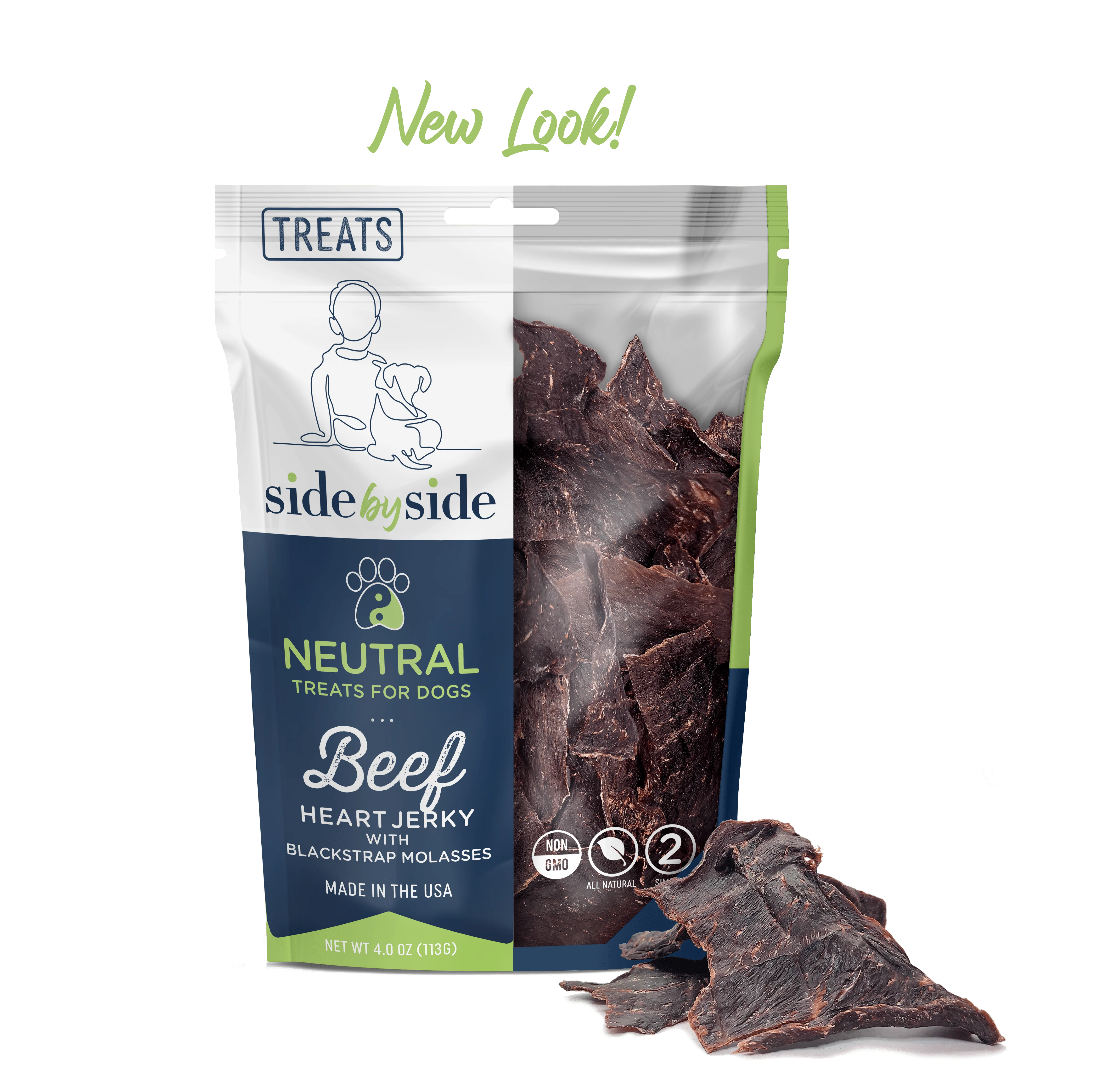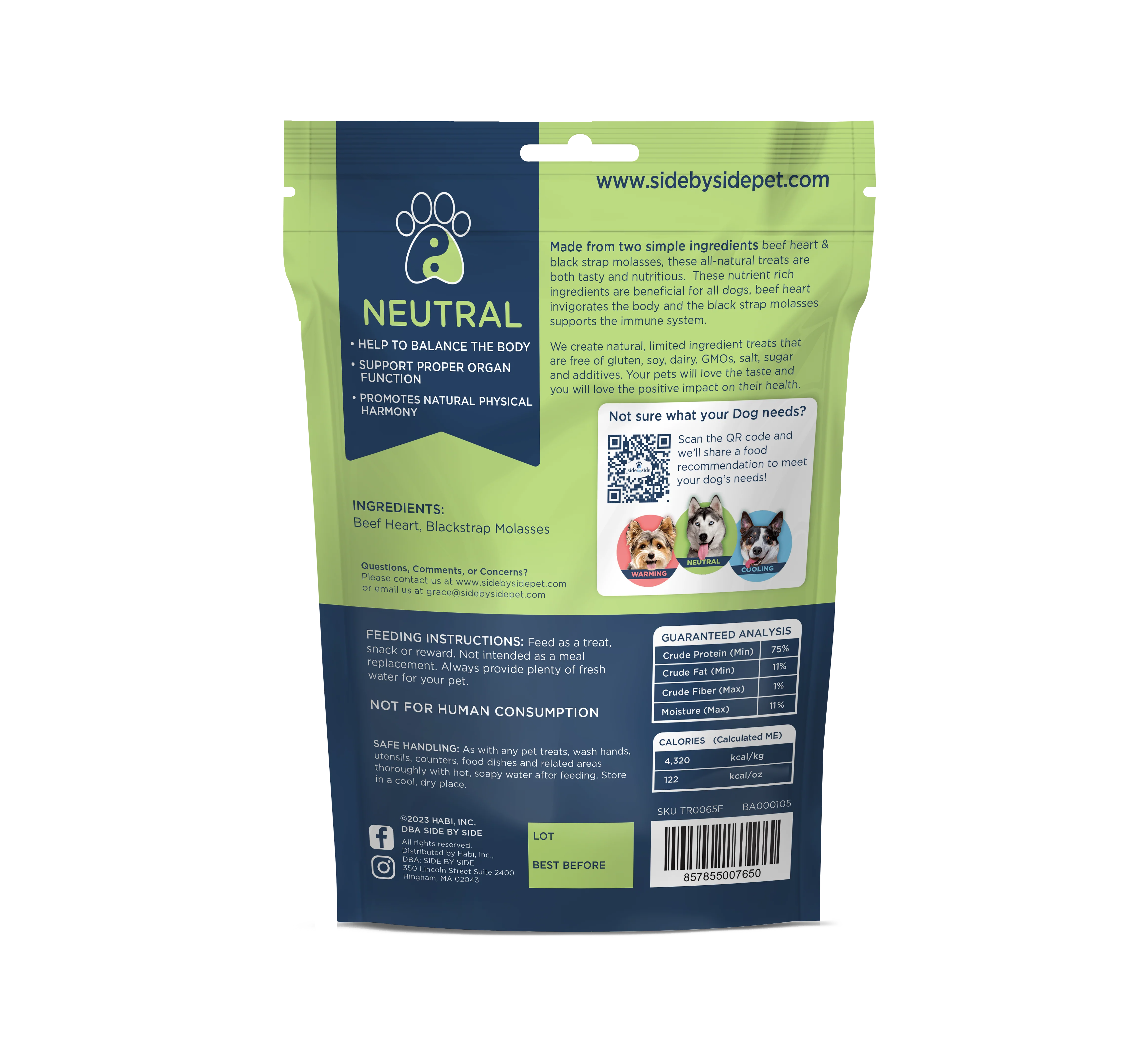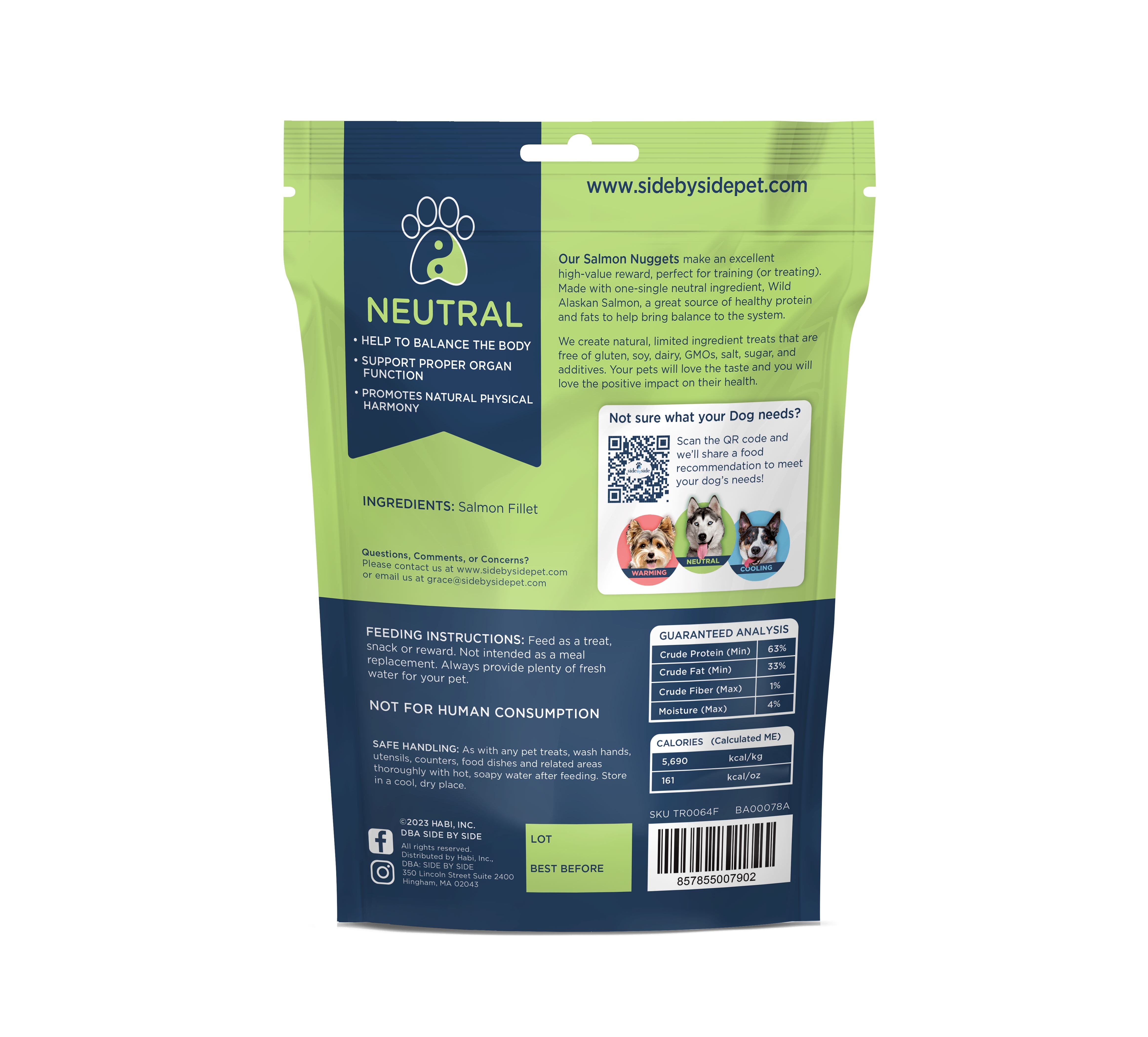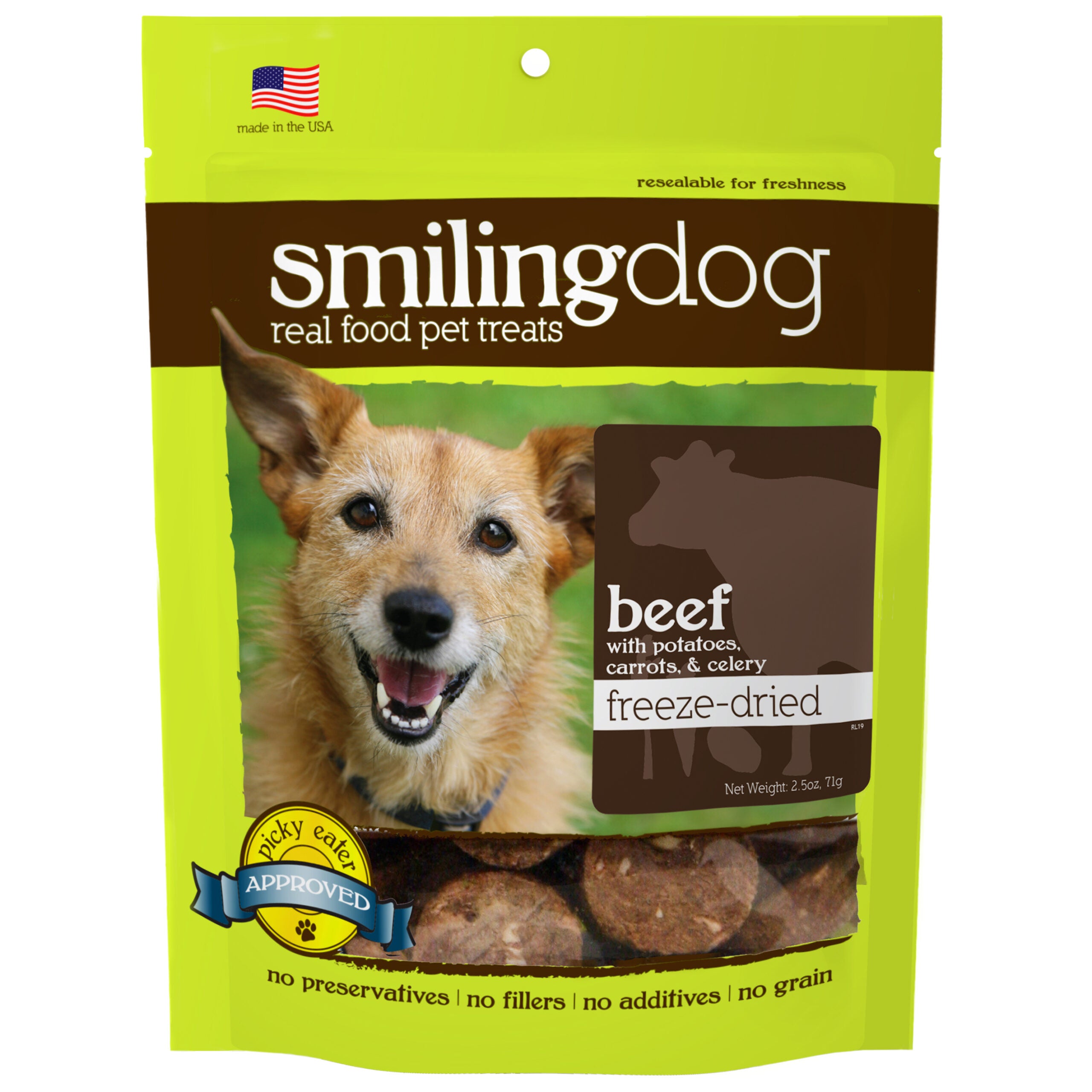
Harmony Unleashed: Mastering Pet Health Through The Five Elements

In Traditional Chinese Veterinary Medicine (TCVM), the theory of the Five Elements refers to the foundational principles that underlie the balance and functioning of the body.
The elements are Wood, Fire, Earth, Metal, and Water. Each element corresponds to specific organs, meridians (energy channels), and qualities.
While the concept of the Five Elements is primarily applied to human health in Traditional Chinese Medicine (TCM), TCVM-trained veterinarians find it very useful in helping our animal friends as well.
The theory is not originally a Daoist concept. However, like the Yin/Yang Theory, the school of Naturalism developed it around 400 BCE.
It emerged from the ancients observing various groups of dynamic characteristics, functions, and processes observed in the natural world.
Many ancient cultures defined fundamental elements as essential for life to exist. The Chinese first chose the elements of Wood, Fire, Metal, and Water as the basic components of earthly existence.
Later, the ancient Chinese added Earth as a representation of the physical body in the process of movement and transformation through the division of Yin and Yang.
How the Five Elements Relate to Creation

The basis of The Five Element Theory is that our physical reality is continually subjected to change and transformation.
To understand the concept, move clockwise around the Fundamental Energies of Life chart above, starting with Wood.
Here's the general storyline:
The Characteristics of The Five Elements

The characteristics described above are simple examples of how the ancients viewed the elements.
However, the most important feature of the elements is that they all contain Yin and Yang aspects. The presence of both Yin and Yang reflects the underlying principle of interactive duality, a central concept in Chinese belief.
Many practitioners approach understanding a patient's difficulties and health challenges from the perspective of the elements and determine interventions according to their principles.
It's important to note, however, that TVCM is a holistic system that considers the interconnectedness of the body, mind, and environment.
While the Five Elements Theory provides a framework for understanding health and emotional imbalances, TCVM practitioners also consider other factors, such as Yin-Yang balance, Qi (vital energy) flow, and individual constitution, when diagnosing and treating pets.
Always consult a qualified veterinarian or TCVM practitioner for personalized advice regarding your pet's health.
Wood
In TCVM, the Wood element symbolizes birth, renewal, and the vibrant energy of new beginnings. Think of seedlings breaking through the soil in spring or trees reaching upward toward the sun—both embody the unstoppable force of Wood energy.
The Wood element is all about growth, movement, flexibility, and forward momentum. Just as trees bend in the wind yet remain rooted, Wood teaches adaptability while staying grounded.
Within the body, the Liver and Gallbladder are associated with Wood. These organs govern the smooth flow of Qi, store and regulate Blood, and influence decision-making and emotional balance. When Wood energy is harmonious, pets display vitality, clear eyes, supple muscles, and a calm, flexible temperament.
Imbalances in Wood, however, can appear as liver or gallbladder disharmonies, irritability, allergies, eye problems, tendon or ligament issues, and musculoskeletal stiffness. In pets, this may manifest as frustration, itchy skin, red eyes, or difficulty with movement.
Supporting the Wood element through a balanced diet, herbs, acupuncture, and a healthy lifestyle helps maintain balance, encourages healthy growth, and promotes both physical and emotional well-being.
How TCVM Practitioners Help Balance The Wood Element
- Acupuncture: Acupuncture is a key component of TCVM and helps support the Wood element. By stimulating specific acupuncture points along the liver and gallbladder meridians, TCVM practitioners aim to regulate and balance the Wood element. This helps improve the flow of Qi (vital energy) and blood in the body, promoting overall health.
- Herbal Medicine: TCVM practitioners may also prescribe herbal remedies that have specific actions to tonify and harmonize the Wood element. The herbs help support the liver and gallbladder functions and address imbalances associated with the Wood element in pets. Herbal formulas are customized based on the individual pet's needs and may be used in conjunction with acupuncture.
- Dietary Adjustments: Nutrition plays an essential role in TCVM. TCVM practitioners often recommend specific dietary modifications to support the Wood element in pets. This can involve incorporating foods known to have a beneficial effect on the liver and gallbladder, such as specific vegetables, grains, and herbs. Feeding liver treats also helps balance the wood element in a like-treats-like manner. They may also suggest avoiding foods that are overly stimulating or potentially harmful to the Wood element.
- Lifestyle Recommendations: TCVM practitioners may also provide lifestyle recommendations to support the Wood element. Examples include advice on exercise routines that promote healthy movement and flexibility, as well as stress reduction techniques to help manage emotions, as emotional imbalances often affect the Wood element.
- Environmental Considerations: Creating a suitable environment for pets can help support the Wood element. Providing a safe and enriched environment, access to nature or outdoor spaces, and minimizing exposure to toxins or stressors can all positively impact the Wood element.
Fire
In TCVM, Fire is the most Yang of the Five Elements. Its nature is bright, expansive, and spreading—just like flames that radiate outward and upward. Fire symbolizes warmth, energy, passion, and vitality, the spark of life that fuels joy and connection.
The Fire element is linked with the Heart and Small Intestine. The Heart governs Blood and houses the Shen (spirit), while the Small Intestine separates the pure from the impure, both physically and energetically. When Fire is balanced, pets radiate vitality, joy, enthusiasm, and calm confidence. Their circulation is strong, their Shen is peaceful, and their digestion flows smoothly.
When Fire is out of balance, its excess or deficiency may manifest as restlessness, anxiety, insomnia, agitation, palpitations, or even digestive upset. In pets, this might appear as nervousness, excessive panting, agitation, poor sleep, or digestive disorders.
Nurturing the Fire element through diet, herbs, acupuncture, and lifestyle helps maintain emotional harmony, circulatory strength, and overall well-being, allowing pets to thrive with a steady flame rather than burn out.
How TCVM Practitioners Help Balance The Fire Element
- Acupuncture is a fundamental component of TCVM, helping to regulate and balance the Fire element. TCVM practitioners stimulate specific acupuncture points along the heart and small intestine meridians to promote the smooth flow of Qi (vital energy) and restore balance to the Fire element. This can help alleviate symptoms and support overall health.
- Herbal Medicine: TCVM Practitioners often use herbal remedies to balance the Fire element. The vet may prescribe specific herbs with cooling or nourishing properties to regulate the heart and support the small intestine functions. Herbal formulas are customized based on the individual pet's needs and can be used with acupuncture.
- Dietary Adjustments: Nutrition plays an important role in TCVM. TCVM practitioners often recommend dietary modifications to balance the Fire element in pets. This involves incorporating foods with cooling properties and avoiding foods that are known to be overly heating or stimulating to the Fire element. Feeding heart treats also helps balance the fire element in a like-treats-like manner.
- Lifestyle Recommendations: TCVM practitioners may also provide lifestyle recommendations to support the Fire element. This can include stress reduction techniques, environmental enrichment, and ensuring a suitable living environment. Reducing excessive stimulation, providing a calm and nurturing atmosphere, and promoting emotional well-being can help balance the Fire element.
- Behavior and Emotional Management: The Fire element is closely associated with emotions in TCVM. TCVM practitioners also provide guidance on behavior and emotional management techniques to help balance the Fire element. This can involve addressing anxiety, promoting relaxation, and enhancing the human-animal bond through activities such as bonding exercises and appropriate socialization.
Earth
In TCVM, the Earth element represents our physical body and serves as the central pivot between Yin and Yang. Just as the earth beneath our feet provides stability and nourishment, the Earth element governs transformation, grounding, and the ability to take in and process life.
The Earth element is associated with the Spleen and Stomach, which play a key role in digestion, absorption, and the creation of Qi and Blood. When Earth energy is strong, pets enjoy healthy digestion, steady weight, strong muscles, and a calm, centered temperament. They feel secure, nourished, and balanced.
When the Earth is out of harmony, imbalances may manifest as poor digestion, loose stools, vomiting, weight gain or loss, food sensitivities, damp accumulation, fatigue, and lowered immune function. Pets may also seem worried or clingy, reflecting the emotional imbalance of Earth.
Supporting the Earth element through a balanced diet, herbs, acupuncture, and a healthy lifestyle provides stability, improves digestion, and strengthens immunity, allowing pets to feel grounded, nourished, and well.
How TCVM Practitioners Help Balance The Earth Element
- Acupuncture: Acupuncture is a key component of TCVM and help regulate and balance the Earth element. By targeting specific acupuncture points along the spleen and stomach meridians, TCVM practitioners aim to harmonize the flow of Qi (vital energy) and restore equilibrium to the Earth element. Acupuncture can help address imbalances and promote overall health.
- Herbal Medicine: Herbal remedies play a significant role in TCVM. TCVM practitioners may also prescribe specific herbs known for their properties in tonifying and supporting the Earth element. These herbs can help optimize spleen and stomach function, promoting digestive health. Herbal formulas are tailored to the individual pet's needs and can be used in conjunction with acupuncture.
- Dietary Adjustments: Nutrition is a crucial aspect of TCVM. TCVM practitioners often recommend dietary modifications to balance the Earth element in pets. This may involve incorporating foods that support the spleen and stomach, such as certain grains, root vegetables, and warming spices. Feeding spleen treats also helps balance the Earth element in a like-treats-like manner. Avoiding foods that may be overly dampening or cooling can also be beneficial for Earth.
- Lifestyle Recommendations: TCVM practitioners often provide lifestyle recommendations to support the Earth element. This can include advice on exercise routines that promote gentle movement and moderate activity levels. Establishing consistent meal times, creating a calm and stress-free environment, and ensuring adequate rest can also help balance the Earth element.
- Emotional Support: The Earth element in TCVM is closely associated with emotions and mental well-being. TCVM practitioners may also offer guidance on emotional support techniques to help balance the Earth element. This can involve stress reduction methods, promoting a sense of security and stability, and incorporating bonding activities to strengthen the human-animal bond.
Metal
In TCVM, the Metal element symbolizes decline, reflection, and the natural movement inward. Just as metal is hidden within the earth, it represents refinement, clarity, and the ability to let go of what is no longer needed. Metal provides structure, strength, and resilience.
The Metal element is associated with the Lungs and Large Intestine. The Lungs govern Qi, respiration, and the skin, while the Large Intestine handles elimination and release. When Metal is balanced, pets show strong immunity, clear skin, healthy breathing, and the ability to adapt with ease.
When Metal energy becomes imbalanced, it can manifest as coughing, asthma, dry skin, itching, allergies, weakened immunity, or constipation and diarrhea. Emotionally, an imbalance in Metal may appear as grief or difficulty letting go.
Supporting the Metal element through diet, herbs, acupuncture, and lifestyle strengthens the Lungs, clears the skin, improves elimination, and bolsters immune defenses—helping pets remain strong, resilient, and balanced.
How TCVM Practitioners Help Balance The Metal Element
- Acupuncture: Acupuncture is a central modality in TCVM helping to regulate and balance the Metal element. TCVM practitioners target specific acupuncture points along the Lung and Large Intestine meridians to promote the smooth flow of Qi (vital energy) and restore balance to the Metal element. Acupuncture can help alleviate symptoms and support overall health.
- Herbal Medicine: Herbal remedies play a significant role in TCVM. TCVM practitioners may prescribe specific herbs known for their properties in tonifying and harmonizing the Metal element. These herbs can help support lung and large intestine functions, promote respiratory health, and improve immune system function. They tailor herbal formulas to the individual pet's needs, and may use them in combination with acupuncture.
- Dietary Adjustments: Nutrition is an important aspect of TCVM. TCVM practitioners often recommend dietary modifications to balance the Metal element in pets. For example, incorporating foods that are beneficial to the lungs and large intestine, such as certain root vegetables, pungent herbs, and foods rich in essential fatty acids, helps balance the Metal element. Avoiding foods that are overly dampening or cooling is also beneficial for those with a Metal constitution. Feeding lung treats also helps balance the metal element in a like-treats-like manner.
- Environmental Considerations: Creating a suitable environment for pets also helps support the Metal element. TCVM practitioners may provide recommendations on maintaining clean air quality, minimizing exposure to toxins or pollutants, and ensuring proper ventilation. An environment promoting respiratory health and overall well-being can help support the Metal element.
- Emotional and Behavioral Support: The Metal element in TCVM closely relates to emotions and mental well-being. TCVM practitioners may also provide guidance on emotional support techniques and behavior management strategies to help balance the Metal element. Examples include stress reduction methods, promoting a calm and structured environment, and addressing any behavior or anxiety issues that may impact the Metal element.
Water
In TCVM, Water is the most Yin of the Five Elements, the place where all possibilities exist. It embodies stillness, depth, and the potential for renewal—much like the vast ocean, which holds hidden reserves of life. Water represents fluidity, adaptability, and the storage of Essence, which governs growth, reproduction, and longevity.
The Water element is associated with the Kidneys and Urinary Bladder. The Kidneys store Jing (Essence), control development, and anchor Yin and Yang, while the Bladder governs the storage and elimination of fluids. When Water energy is strong, pets display vitality, healthy bones and joints, strong willpower, and a graceful aging process.
Imbalances in Water may manifest as urinary problems, reproductive disorders, weak bones or joints, fearfulness, premature aging, or chronic energy decline. Emotionally, pets with Water imbalance may become timid, withdrawn, or overly fearful.
Birth and maturity reflect Yang energy moving outward, while decline and death reflect Yin energy moving inward. Supporting the Water element through a balanced diet, herbs, acupuncture, and a healthy lifestyle helps preserve Essence, promote adaptability, and maintain balance throughout all stages of life.
How TCVM Practitioners Help Balance the Water Element
- Acupuncture: TCVM practitioners often use specific acupuncture points related to the Water element, such as those along the kidney and bladder meridians, to tonify and harmonize the Water element in pets.
- Herbal Medicine: Herbal remedies play a significant role in TCVM. TCVM practitioners may prescribe specific herbal formulas to nourish the kidneys, support urinary function, promote overall vitality, and help strengthen the Water element in pets.
- Dietary Adjustments: TCVM practitioners often recommend specific dietary modifications to support the Water element. A good example is incorporating foods that nourish the kidneys and support urinary health, such as certain meats, fish, and vegetables, while minimizing foods that may be overly dampening or cooling. Feeding kidney treats also helps in a like-treats-like manner.
- Lifestyle Recommendations: TCVM practitioners may also provide lifestyle recommendations to support the Water element. Examples include advising on appropriate exercise routines, ensuring adequate hydration, maintaining a suitable environment (including warmth and comfort), and managing stress levels—all of which contribute to the overall well-being of the Water element.
- Tui Na: TCVM may also incorporate additional modalities, such as Tui Na (a form of therapeutic massage), to support the Water element. Tui Na helps improve energy flow, enhance circulation, and promote relaxation, benefiting the Water element in pets.
Need Extra Help for Your Special Needs Pets?
If you ever feel like you need extra help in managing your dog's diseases, symptoms, or elements, we can help!
TCVM Pet Supply co-founding veterinarians, Dr. Marc Smith and Dr. Casey Damron offer in-person TCVM services in their clinics in Nashville and Fairview, Tennessee.
Additionally, they offer TCVM telemedicine consultations for clients who are unable to find a trained practitioner nearby.
If you get a TCVM telemedicine consultation, you'll get personalized TCVM recommendations specific to your pet, including:
- Food Therapy Recommendations
- TCVM Evaluation
- TCVM Herb Recommendations & Veterinary Authorization
- Supplement Recommendations
- Alternative Medicine Recommendations
You can learn more about each vet and contact the clinic you prefer directly:
- Marc Smith, DVM, MS - Natchez Trace Veterinary Services
- Casey Damron, DVM, CVA - White Oak Animal Hospital
We hope this information is helpful, and we wish you the best in helping your pet feel better.
If you have any other questions or if we can assist you in any way, please let us know.
Sources:
- Franks, L. J. (2016). Stone Medicine: A Chinese Medical Guide to Healing with Gems and Minerals. Simon and Schuster.
- Molony, D., & Molony, M. M. P. (1998). The American Association of Oriental Medicine’s Complete Guide to Chinese Herbal Medicine: How to Treat Illness and Maintain Wellness with Chinese Herbs. Berkley Trade
- Williams, T. (1996). The Complete Illustrated Guide to Chinese Medicine: A Comprehensive System for Health and Fitness.

